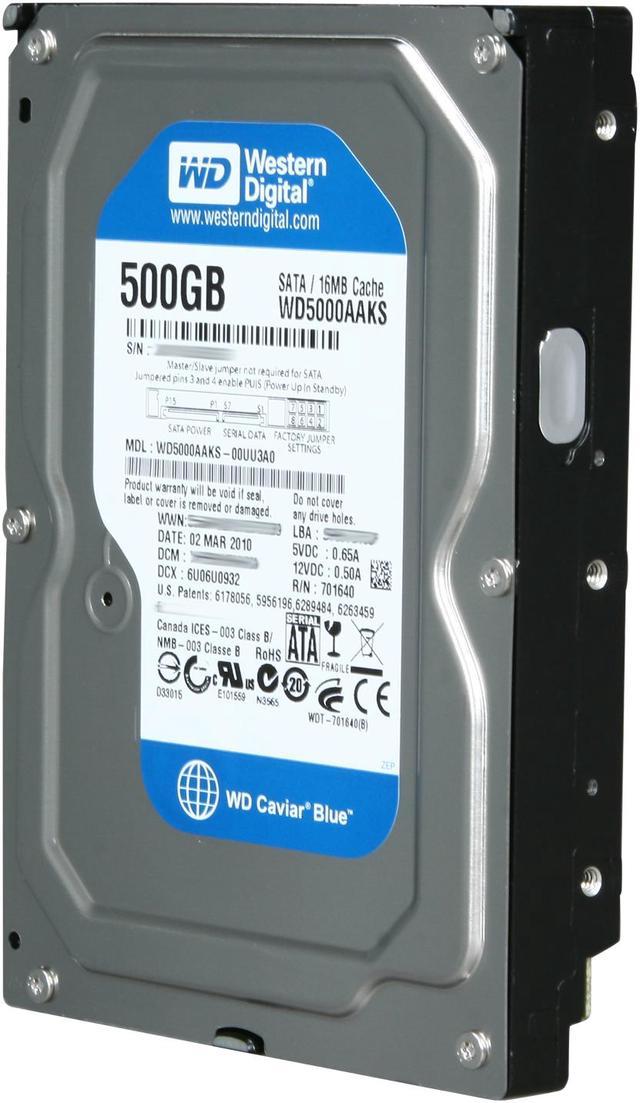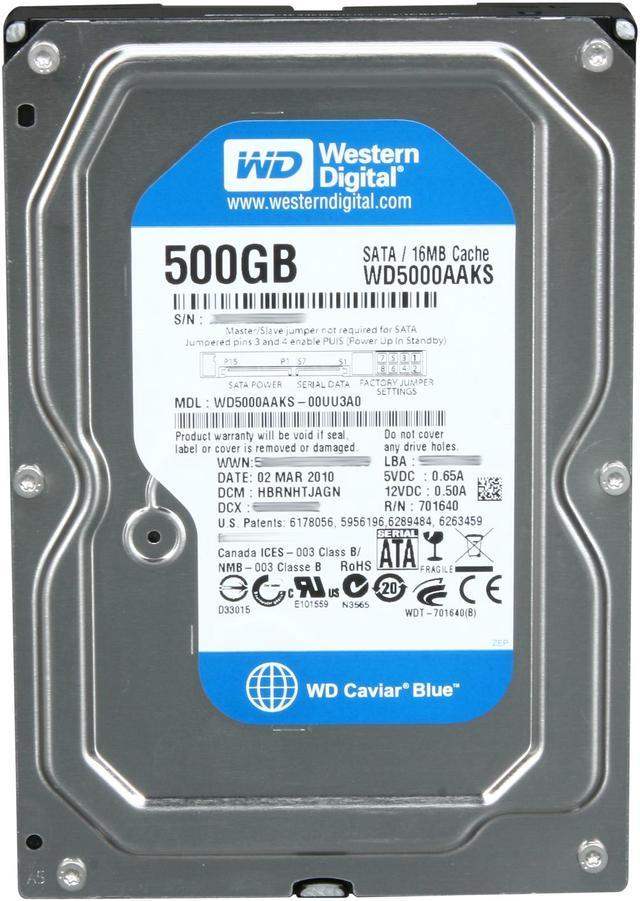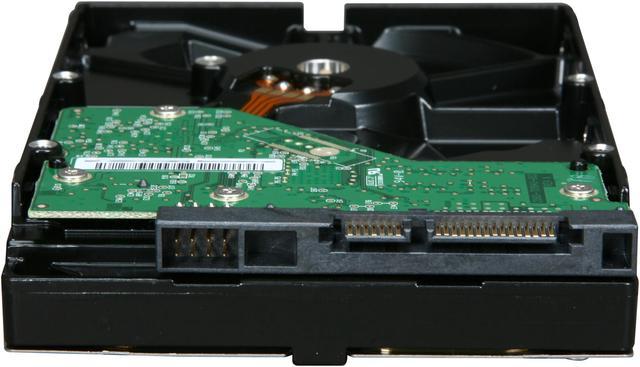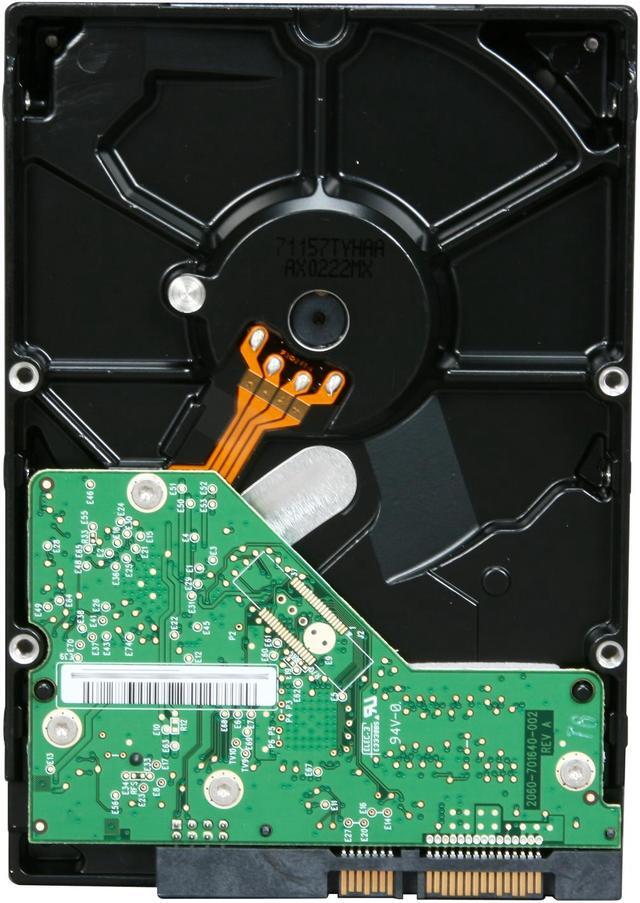Your Browsing History




Make informed decisions with expert advice. Learn More
 SATA 3.0 Gb/s InterfaceThe next-generation SATA interface supports up to 3.0 Gb/s data transfer rates, Native Command Queuing (NCQ) and hot-pluggable point-to-point connections to allow the WD Caviar SE16 WD5000AAKS to deliver optimum performance, efficiency, convenience and flexibility.
SATA 3.0 Gb/s InterfaceThe next-generation SATA interface supports up to 3.0 Gb/s data transfer rates, Native Command Queuing (NCQ) and hot-pluggable point-to-point connections to allow the WD Caviar SE16 WD5000AAKS to deliver optimum performance, efficiency, convenience and flexibility. WD WhisperDrive and SoftSeek TechnologyWhisperDrive technology minimizes noise to virtually below the threshold of human hearing. To cut seek noise, SoftSeek technology streamlines read/write seeking algorithms resulting in more efficient operation.
WD WhisperDrive and SoftSeek TechnologyWhisperDrive technology minimizes noise to virtually below the threshold of human hearing. To cut seek noise, SoftSeek technology streamlines read/write seeking algorithms resulting in more efficient operation. WD Data Lifeguard TechnologyExclusive Data Lifeguard data protection features include shock protection, an environmental protection system and real-time embedded error detection and repair. WD's Data Lifeguard technology automatically finds isolates and repairs problems that may develop over the life of a hard drive.
WD Data Lifeguard TechnologyExclusive Data Lifeguard data protection features include shock protection, an environmental protection system and real-time embedded error detection and repair. WD's Data Lifeguard technology automatically finds isolates and repairs problems that may develop over the life of a hard drive. WD ShockGuard TechnologyShockGuard technology instantaneously protects the hard drive against damage from bumps and vibrations during operation. This technology enables WD Caviar drives to achieve industry-leading shock specifications.
WD ShockGuard TechnologyShockGuard technology instantaneously protects the hard drive against damage from bumps and vibrations during operation. This technology enables WD Caviar drives to achieve industry-leading shock specifications.